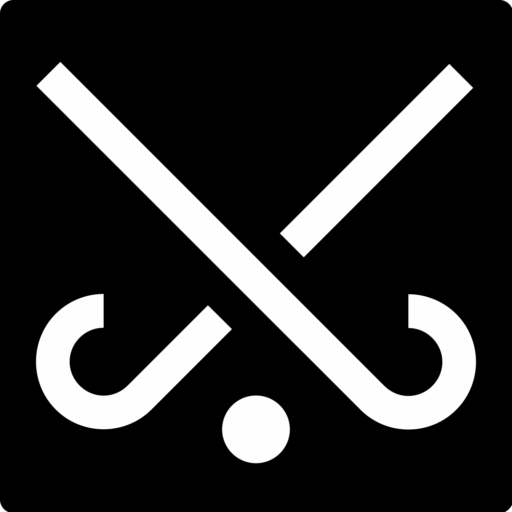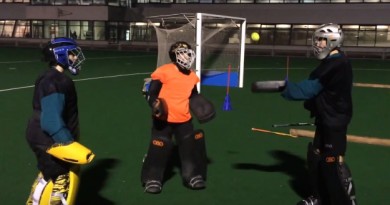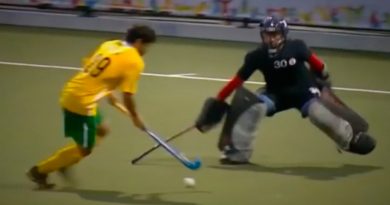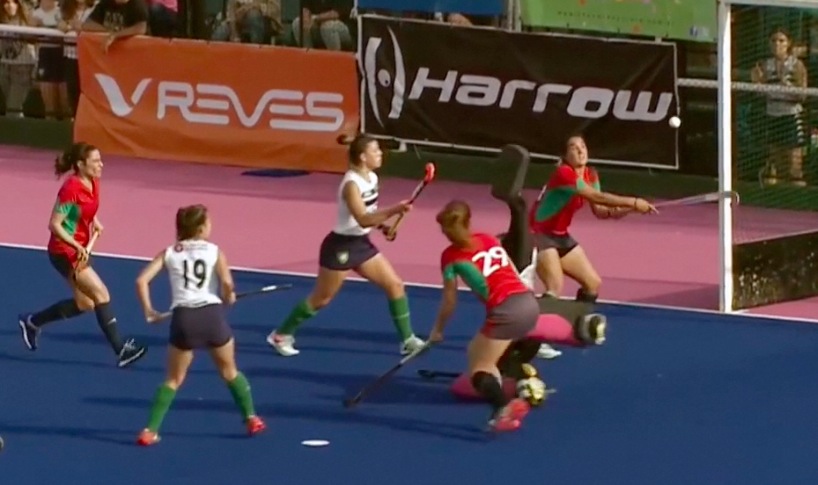Field Hockey Positions: A Comprehensive Guide for Players and Coaches
Field hockey is a game of strategy, skill, and teamwork, where each player’s position contributes uniquely to the team’s success. Whether you’re new to the sport or a seasoned veteran, understanding field hockey positions is essential for maximizing your performance on the field. In this comprehensive guide, we’ll explore the various field hockey positions, their roles, responsibilities, and key attributes, empowering players and coaches to excel in every match.
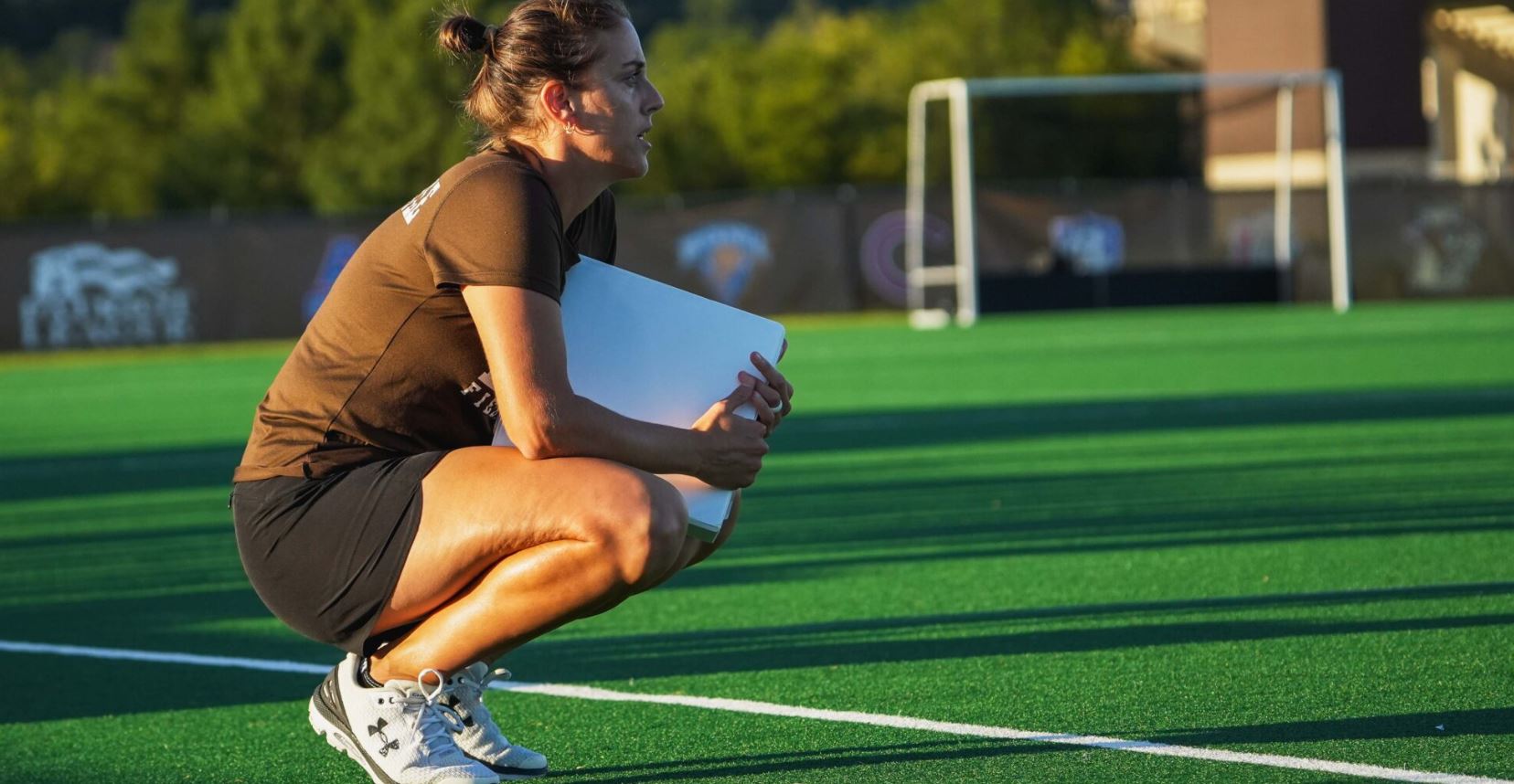
- Forward Positions:
- Striker: Positioned near the opponent’s goal, the striker’s primary role is to score goals by capitalizing on scoring opportunities and maintaining offensive pressure.
- Forward/Winger: Supports the striker in attacking plays, utilizing speed and agility to maneuver past defenders, create scoring chances, and provide crucial assists.
- Midfield Positions:
- Center Midfielder: Acts as the link between defense and attack, controlling the flow of play, distributing the ball to forwards, and providing defensive support when needed.
- Left/Right Midfielder: Covers wide areas of the field, supporting both offensive and defensive phases of play, while also contributing to ball circulation and possession retention.
- Defensive Positions:
- Sweeper/Center Back: Positioned centrally in the defense, the sweeper plays a pivotal role in organizing the defensive line, intercepting opposition attacks, and initiating counter-attacks.
- Fullbacks: Positioned on the left and right sides of the defense, fullbacks are tasked with marking opposing forwards, making tackles, and providing support to the midfield.
- Goalkeeper:
- The last line of defense, the goalkeeper’s primary role is to prevent the opposition from scoring by blocking shots, clearing rebounds, and communicating with the defensive line to maintain organization.
What is the best position for you?
Key Attributes and Skills for Each Position:
- Forwards: Speed, agility, shooting accuracy, and the ability to anticipate goal-scoring opportunities.
- Midfielders: Vision, passing accuracy, stamina, defensive awareness, and the ability to transition quickly between attacking and defensive phases.
- Defenders: Tackling prowess, positional awareness, communication skills, and the ability to read the game to intercept passes and thwart opposition attacks.
- Goalkeepers: Reflexes, agility, decision-making under pressure, communication with the defense, and commanding presence in the penalty area.
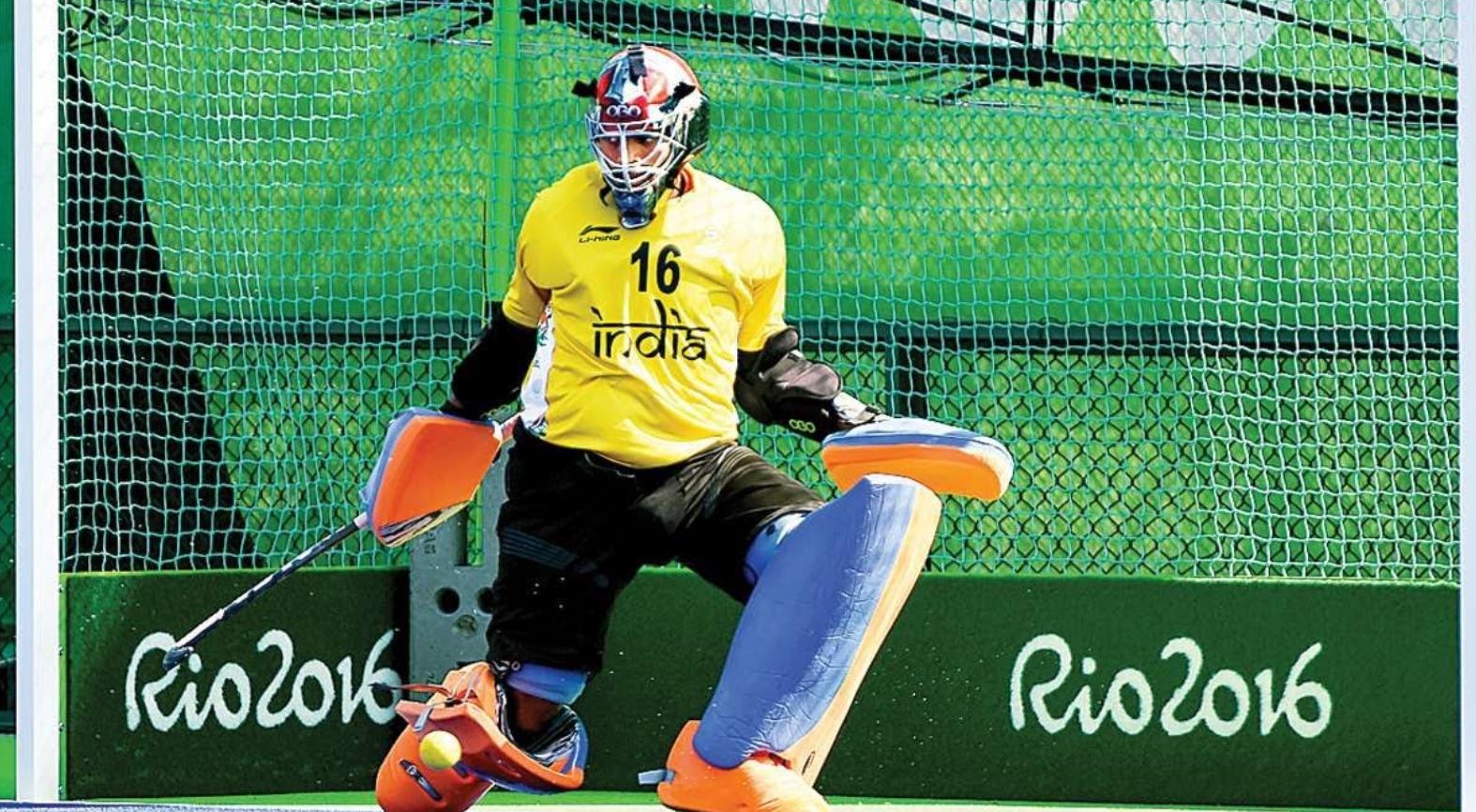
How important is to have the right players in the right field hockey positions?
In field hockey, success is built on a foundation of tactical understanding, technical proficiency, and teamwork. By mastering the roles and responsibilities of each one of the field hockey positions, players and coaches can unlock their full potential and elevate their performance on the field. Whether you’re a forward hungry for goals, a midfielder orchestrating play, a defender stalwartly guarding the goal, or a goalkeeper standing tall between the posts, embracing your role is the first step towards victory in the exhilarating world of field hockey.
More about hockey coaching:
5 Coaching Lessons With Ric Charlesworth That You Should Put in Practice
